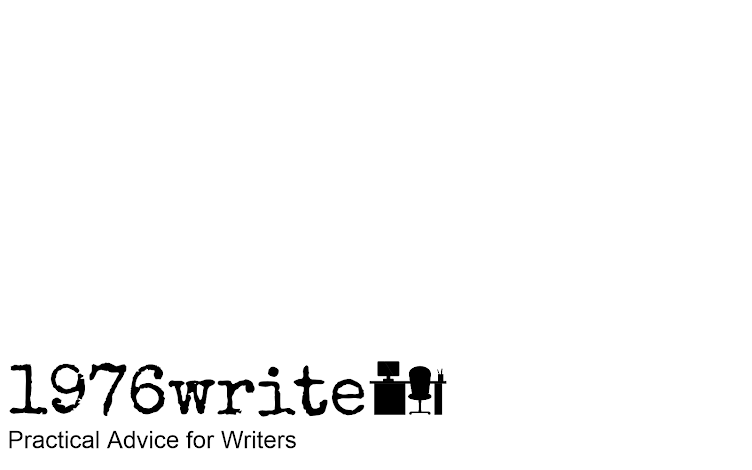What is Typesetting?
Typesetting is a means of arranging the type, or process the data for text to be printed.
For any beginner self-publisher this information can be really intimidating, especially if you're aiming to create a book that's both elegant and readable.
Learn 10 Basic Rules of Typesetting:
1. You Don't Need Elaborate Fonts
Keep it simple, especially if you don't have the experience.
2. Toss Aside Comic Sans
Pretend like you never saw it.
3. Use Default Fonts
Default fonts aren't dull, using Times New Roman can make your text look more readable.
4. Don't Combine More Than Two Fonts
You don't want a mixture of fonts, this will make your book look like a patchwork quilt. Two is enough.
5. Blend Only Contrasting Fonts
Blending familiar fonts looks messy.
6. Make Your X-Height Familiar
The x-height is the distance between the baseline of a line of type, and tops of the main body of lower case letters. Make sure you pick typefaces with similar heights when mixing.
7. What Your Font Size Should Be
11 to 12 points is enough for a standard size book.
8. Select the Best Line Length
Best length is considered to be 50-60 characters.
9. Choose Suitable Line Spacing
Pick 1.5 lines option, this is suitable for most books.
10. Choose Correct Paragraph Settings
Fictional books require a small indent at the beginning of each paragraph. Non-fiction books use blog paragraphs rather than indents.
1. You Don't Need Elaborate Fonts
Keep it simple, especially if you don't have the experience.
2. Toss Aside Comic Sans
Pretend like you never saw it.
3. Use Default Fonts
Default fonts aren't dull, using Times New Roman can make your text look more readable.
4. Don't Combine More Than Two Fonts
You don't want a mixture of fonts, this will make your book look like a patchwork quilt. Two is enough.
5. Blend Only Contrasting Fonts
Blending familiar fonts looks messy.
6. Make Your X-Height Familiar
The x-height is the distance between the baseline of a line of type, and tops of the main body of lower case letters. Make sure you pick typefaces with similar heights when mixing.
7. What Your Font Size Should Be
11 to 12 points is enough for a standard size book.
8. Select the Best Line Length
Best length is considered to be 50-60 characters.
9. Choose Suitable Line Spacing
Pick 1.5 lines option, this is suitable for most books.
10. Choose Correct Paragraph Settings
Fictional books require a small indent at the beginning of each paragraph. Non-fiction books use blog paragraphs rather than indents.
Share this post with your friends!
Read more:




No comments:
Post a Comment
Tell me your thoughts.